 Cold winter nights are just right for restaurant delivery. How confident are you in the food safety commitment of those bringing food to your guests? Whether they are third-party vendors or your own staff, their approach to transporting food can impact everything from the temperature at which an order is received, to whether the food of an allergic guest is safely kept separate from other items. Any new packaging you have introduced in recent months can call for additional adjustments in how orders are handled. What mechanisms do you have in place to assess your delivery safety risks so you can make adjustments as needed?  Food freshness and safety go hand in hand. As many operators are leaning on smaller, local suppliers to shrink the supply chain, it’s still important to ask questions of these companies that can make the difference between receiving produce shortly after it is picked, or many hours later. A recent report from US Foods cited a key question that Michael Navarrette, executive chef at Café Luxembourg in New York, always asks any prospective vendor: Where am I on your delivery route? If produce is sitting on a truck in the heat of summer, it’s vulnerable to the spread of germs that subsequent washing may miss. Knowing how large the window is between the picking of the produce and its arrival at your door can make a difference in your food quality, safety and waste.  Restaurant delivery is a tempting option on cold, dark winter nights – but less so if that order arrives lukewarm. Any hot food you send out the door and into the cold risks entering the temperature danger zone if not protected. Make sure your delivery providers are taking care to shield food from the elements in sealed, insulated bags – and are delivering within a reasonable time frame. On your end, it may also be helpful to include reheating instructions with delivery orders to help ensure your food is eaten at the proper temperature following delivery.  Restaurant operators are being challenged to make their delivery menu items interesting, as well as appealing and safe to consume after a car trip. But when everything from coffee to ice cream is available and popular for delivery, food packaging becomes especially important. Your to-go packaging should lock out air and contaminants that can alter the integrity of the food being transported, so ensure lids and wrapping are sealed securely. When packing items for delivery, separate cold, hot and aromatic foods that could alter the temperature, taste and quality of the food or drink next to it.  The intense heat people are experiencing in many parts of the country this summer, along with ongoing labor shortages and supply chain challenges, require some extra vigilance when to comes to food safety. Trucks may be taking longer to get foods to their destinations, providing more opportunities for food to be exposed to the temperature danger zone – particularly in record-breaking heat. Take extra care right now in checking deliveries to ensure food is being delivered at safe temperatures, is labeled with expected use-by dates, and shows no evidence of damage or decay (e.g. unsealed packaging or evidence of pests or freezer burn). Also be aware of foods that may be dangerous to eat due to the temperature spikes in parts of the country. A survey from US Foods found that 28 percent of delivery drivers said they had taken food from an order – and 50 percent of drivers had been tempted. It’s worth reviewing your delivery menu and removing items that are easy to pilfer – like fries – and using tamper-evident packaging and labels suited to the food and container to make sure everything arrives as it should. Paper-based labels can tear more easily than film-based labels and are more apt to show tampering if there is a removal attempt, but they also may not stand up as well to contact with liquids or condensation. Need a source for tamper evident solutions check out our selections from various vendors at https://www.foodserviceceo.com/tamper-evident-solutions.html
It can be a challenging task for restaurants to ensure a takeout dish measures up to the quality of an in-restaurant meal – even more so in months where the temperatures can reach extremes. Now that off-premise meals of all types are common – from catering spreads to meal kits to single takeout orders – your off-premise transport safety practices may need a tune-up. As the weather warms, double check your safety protocols (and those of third-party vendors) to make sure you’re protecting food in transit. Ensure cold foods are packed so they remain cold, are kept separate from warm foods and beverages, and that you’ve taken steps to avoid the cross-contamination of foods (by wrapping animal proteins securely and cleaning and drying any whole fruits and vegetables included in an order).
Using a tamper-evident seal on your food for delivery is a small way to demonstrate your commitment to food safety – and an extra precaution you can take to protect food that is out of your hands during transit. These labels can serve multiple purposes, so you may be able to make yours work a little bit harder for you. Consider including reheating and handling instructions where needed, nutritional or allergy information, or even branding information such as your website, logo or social media handles on your labels. You can purchase food safety seals at Amazon, we have provided a link below.
If you have managed to keep business coming in during the past year, you have likely made major shifts in how you get your food to customers – by creating a curbside pick-up service, developing and expanding upon your delivery service, or both. Has your food safety plan expanded at the same rate? At a time when off-premise sales represent a commanding portion of overall restaurant sales, your commitment to keeping your food safe for guests can’t stop at your front door. Since your standards may differ from those of other restaurants, determine how you want your particular safety values to come through to customers who are enjoying your food beyond your dining room. Trace the path of your to-go orders and anticipate potential problems: Are you using take-out containers that don’t adequately insulate foods? Not enforcing the wearing of masks on your team during curbside pick-ups? Packing bags of food that could tip over easily while in transit? Neglecting to secure containers with tamper-proof seals? Your safety protocols go far in representing your brand right now. What do your safety methods say about you?
At a time when off-premise sales are essential to the survival of so many foodservice businesses, a restaurant’s health and safety practices need to carry over onto the road. Ensure your delivery drivers wear masks at pick-up and drop-off, provide hand sanitizer at delivery pick-up points and ask drivers to use it before handling an order. Check to make sure delivery hot bags and vehicles are cleaned regularly. To protect food on the road, place cold and hot foods in separate bags, use tamper-proof packaging, and ensure each food item is in a container that keeps an item at its intended temperature as well as possible. Delivery drop-offs should continue to be zero-contact. Finally, assure your customers that their food is being delivered by people who value their safety. On social media, share photos of the precautions you are taking to protect an order’s journey between your restaurant and customers.
|
subscribe to our newsletterArchives
April 2024
Categories
All
|
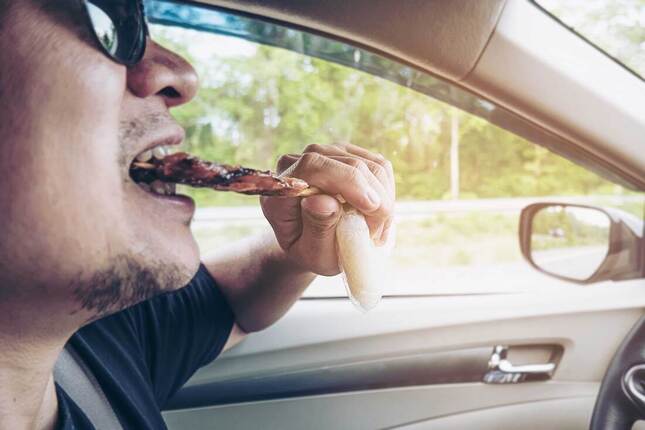

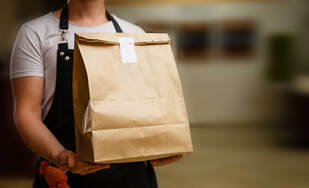


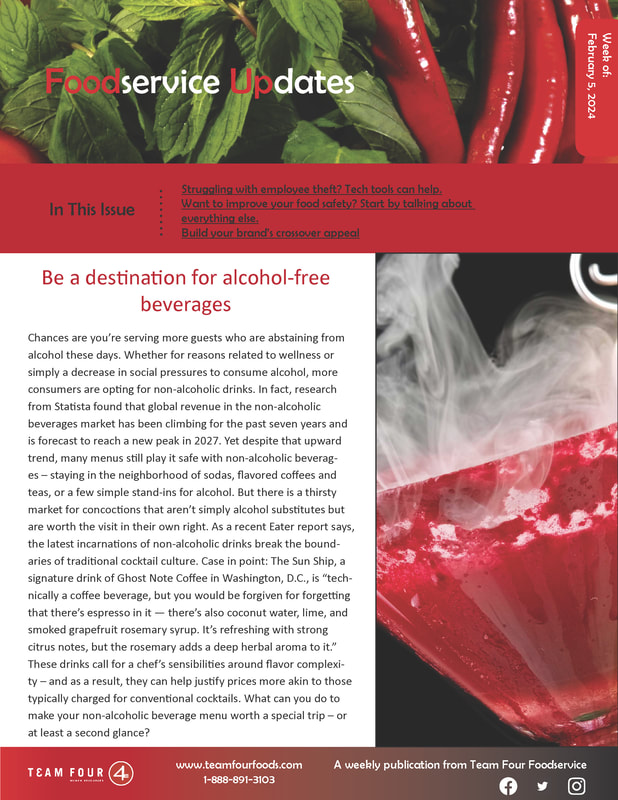
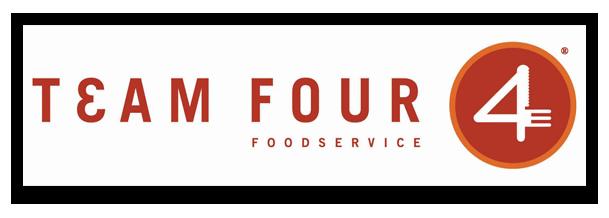
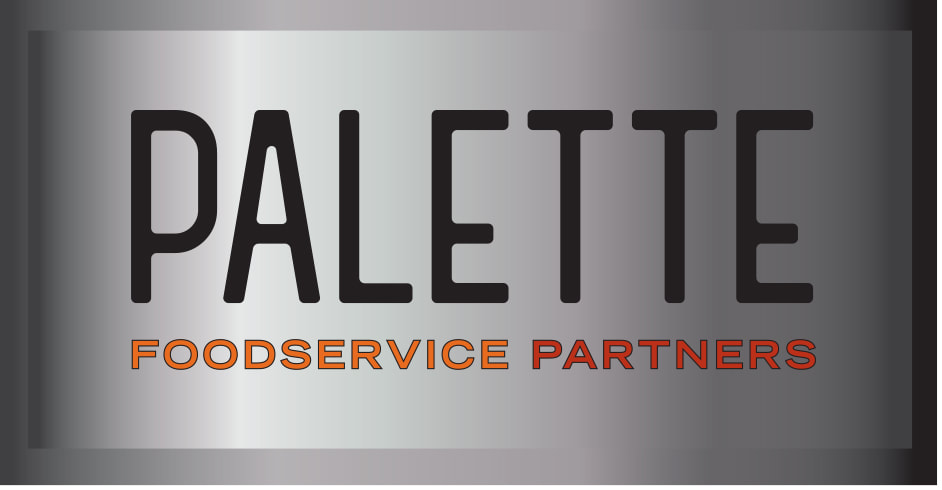
 RSS Feed
RSS Feed